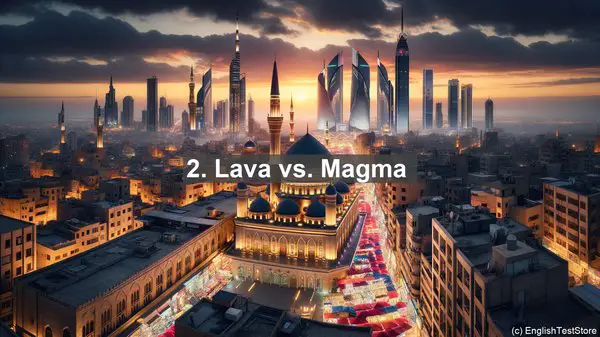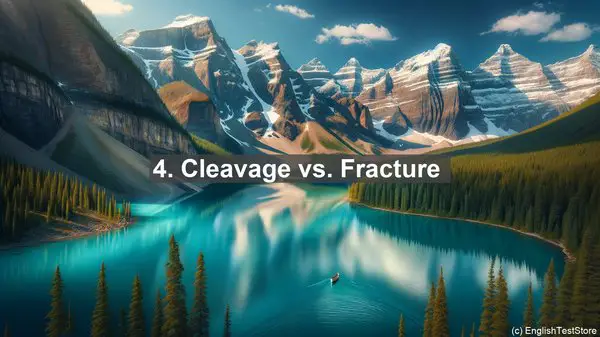Introduction
Welcome to today’s lesson on petrology. In this lesson, we’ll be discussing some commonly confused words that often trip up students. Understanding these terms is essential for mastering the subject. So, let’s dive in!
1. Intrusive vs. Extrusive
One of the first concepts in petrology is understanding the difference between intrusive and extrusive rocks. Intrusive rocks, like granite, form beneath the Earth’s surface, while extrusive rocks, such as basalt, are formed through volcanic activity. Remember, ‘in’ for intrusive, ‘ex’ for extrusive.
2. Lava vs. Magma
Lava and magma are often used interchangeably, but they have distinct meanings. Magma is molten rock beneath the Earth’s surface, while lava is the same material when it reaches the surface. So, magma is underground, and lava is on the ground.
3. Weathering vs. Erosion
Weathering and erosion are processes that shape the Earth’s surface. Weathering refers to the breakdown of rocks, while erosion involves the movement of these broken pieces. In simple terms, weathering is the ‘breaking,’ and erosion is the ‘moving.’
4. Cleavage vs. Fracture
When it comes to the texture of rocks, cleavage and fracture are two important terms. Cleavage refers to the tendency of a mineral to break along preferred planes, resulting in smooth surfaces. Fracture, on the other hand, is the irregular breakage of a mineral, resulting in rough surfaces.

5. Felsic vs. Mafic
Felsic and mafic are terms used to describe the composition of rocks. Felsic rocks, like granite, have a higher silica content and are lighter in color. Mafic rocks, such as basalt, have a lower silica content and are darker. Remember, ‘fel’ for light, ‘ma’ for dark.
6. Porosity vs. Permeability
Porosity and permeability are properties of rocks that relate to their ability to hold and transmit fluids. Porosity refers to the amount of open space or voids in a rock, while permeability is the rock’s ability to allow fluids to flow through it. Think of porosity as the ‘storage’ and permeability as the ‘flow.’

7. Metamorphism vs. Metamorphic Rock
Metamorphism is the process by which rocks undergo changes in mineralogy and texture due to high temperature and pressure. Metamorphic rocks, like marble or slate, are the end result of this process. So, metamorphism is the ‘process,’ and metamorphic rock is the ‘product.’
8. Igneous vs. Sedimentary Rock
Igneous and sedimentary rocks are two major rock types. Igneous rocks form from the solidification of molten material, while sedimentary rocks are formed through the accumulation and lithification of sediments. So, igneous rocks are ‘molten,’ and sedimentary rocks are ‘sediments.’
9. Mineral vs. Rock
Minerals and rocks are often confused, but they have distinct meanings. Minerals are the building blocks of rocks and have a specific chemical composition. Rocks, on the other hand, are aggregates of minerals. So, minerals are the ‘building blocks,’ and rocks are the ‘assemblies.’
10. Stratum vs. Strata
Stratum and strata are terms used in stratigraphy, the study of rock layers. Stratum refers to a single layer, while strata is the plural form, indicating multiple layers. So, stratum is ‘one,’ and strata is ‘many.’
